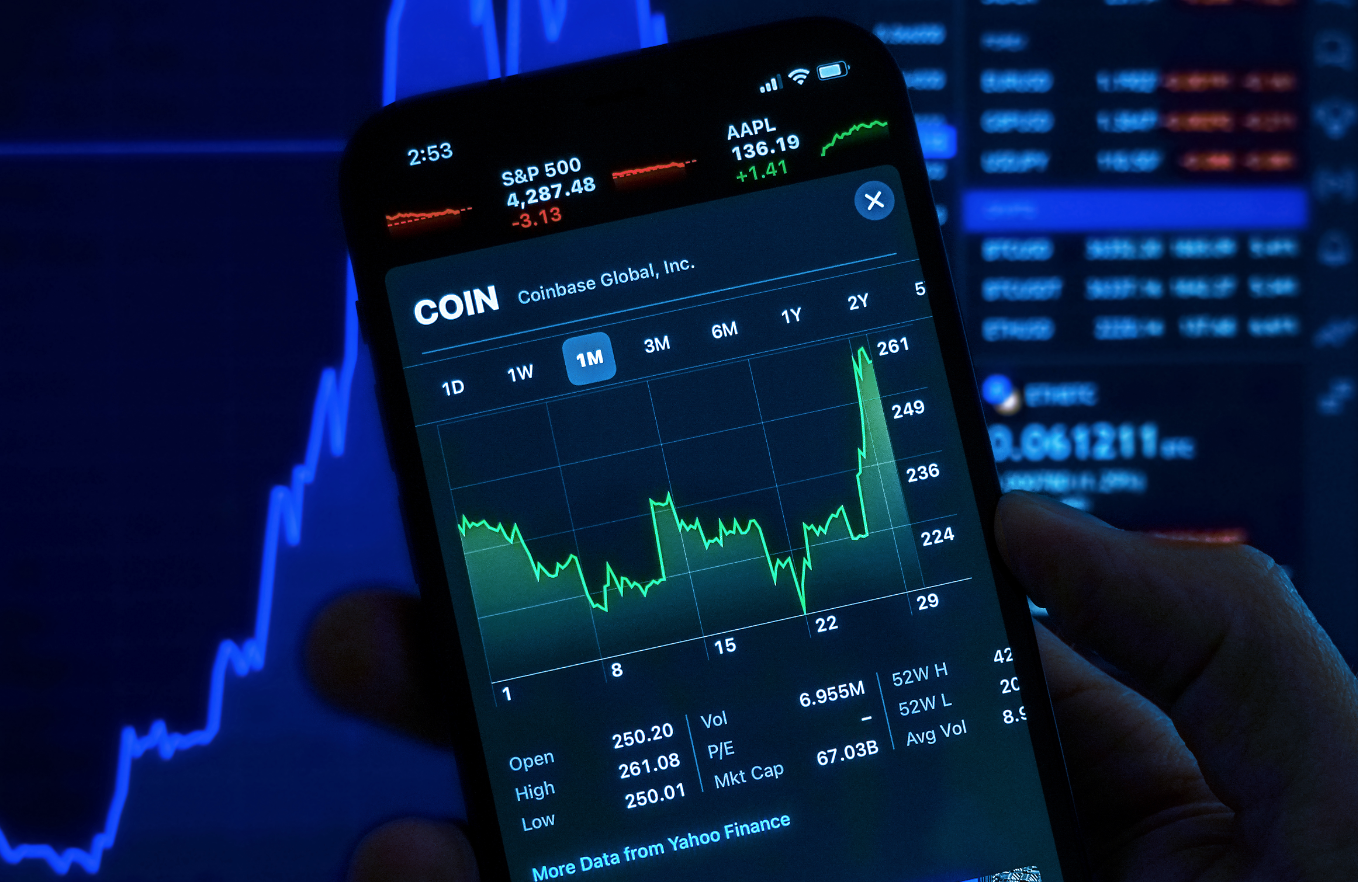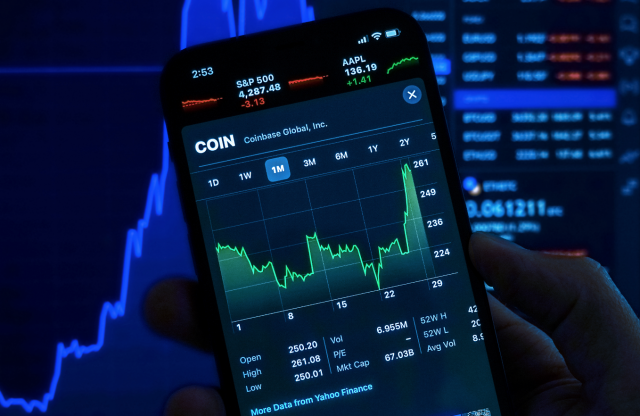While the value of cryptocurrencies has taken a recent hit, these digital assets largely remain the decade’s most successful financial diversifier. Over the past few years, the crypto boom has even prompted the adoption of a whole host of new technologies.
The first decentralized cryptocurrency, Bitcoin was created during the financial crisis in 2009. Now, more than a decade later, its market cap even exceeded $2 trillion during its recent peak. As further proof of Bitcoin’s power, recent prices were back on the rise from a 3-month low.
That said, the prices of crypto are not just influenced by popularity but also by innovation. Unlike other currencies, cryptocurrencies are made using blockchain technology. The blockchain is a digital ledger available to the public and cannot be tampered with. Within it, cryptocurrency transactions are grouped into blocks and validated through complex digital algorithms.
This process is known as mining, and it ensures that all cryptocurrency transactions are secure. Because to add a new record to the blockchain, miners need to complete the algorithmic puzzles and reach the same conclusion. In recent years, though, a number of other cryptocurrencies have emerged with different encryption methods to discourage enterprise-size mining.
Case in point, Bitcoin’s “little brother” has become a popular altcoin among those who want to avoid large-scale mining firms. As such, many who mine and trade Litecoin are able to enjoy faster and more cost-efficient transactions. On the Litecoin blockchain, a single block can be processed in just 2.5 minutes and usually costs less than $0.1.
Regardless of the token, though, crypto’s optimization of blockchain means it’s universally difficult for cybercriminals to interfere with cryptocurrency transactions and records. Undoubtedly, the cryptocurrency market’s trading and mining processes make it attractive to many investors. But these processes can be further enhanced through machine learning.
Here are some machine learning techniques that are beneficial to cryptocurrency investors and may help stabilize the market, moving forward.
Cryptomining Optimization
As previously mentioned, cryptocurrencies go through a lengthy mining process. Complicated algorithms need to be solved so that pending blockchain transactions can push through. Once these transactions are validated, the miners who solved the algorithms are rewarded with cryptocurrencies.
This mining process is complex in practice, but researchers on Frontiers have discovered that machine learning can be used to make the blockchain mining process easier. Miners need to have special computers, software programs, and other parameters to access the blockchain network.
But through a reinforcement learning technique, miners can successfully mine rewards without needing to fill the parameters of a typical blockchain network. Instead, machine learning can be integrated to heighten the transparency of data analytics, therefore, streamlining the complicated cryptocurrency mining process.
Guarding Against Cryptojacking
Despite the blockchain’s added security to crypto transactions, cybercriminals are still finding alternative ways to infiltrate the system. These cybercriminals are called “cryptojackers.” They hack other people’s devices and use them to undergo mining processes.
Once a computer user visits their website or downloads their plugin or app, their device automatically starts mining cryptocurrencies without their knowledge. In fact, a post by AdGuard has revealed that over 500 million PCs have already been infiltrated and used by cryptojackers.
A recent IBM study even revealed that cryptojackers have already stolen hundreds of millions worth of crypto. In 2018 alone, the cryptojacking Lazarus Group successfully stole about $571 million worth of cryptocurrencies. To guard devices against cryptojackers, deep learning techniques may be implemented.
Deep learning is an AI function that allows for the analysis of large amounts of data. Since the process is patterned against the human brain’s functions, deep learning techniques can understand patterns and use this information to build up device security. Additionally, deep learning can learn to detect and stop cryptojacking software programs before they manage to exploit other users’ resources.
Predicting Market Trends
Though cryptocurrency trading has become popular, financial experts often warn investors about its volatility. For instance, Ethereum’s biggest drop was around 40% in a single 24-hour period. Similarly, other cryptocurrencies can easily rise or decrease in value since there are no central banks that control the limited supply of these coins.
This makes it extra challenging for investors to predict the value of cryptocurrencies. Through machine learning techniques, however, you can predict the movements of the cryptocurrency market. A journal in ScienceDirect on Bitcoin market predictions proved that it was possible to forecast the cryptocurrency’s value using machine learning models, such as LSTM, GRU, and feedforward networks.
However, the study pointed out that the forecasting accuracy is currently limited since the market reactions can easily shift the value of cryptocurrencies. Still, these findings are a step in the right direction. Cryptocurrency is, by nature, complicated and unpredictable.
However, the innovations in reinforcement learning and deep learning techniques stated above only show how much potential there is to optimize, secure, and make predictions about the crypto market. And this is precisely why machine learning is an integral tool in understanding the crypto market.










